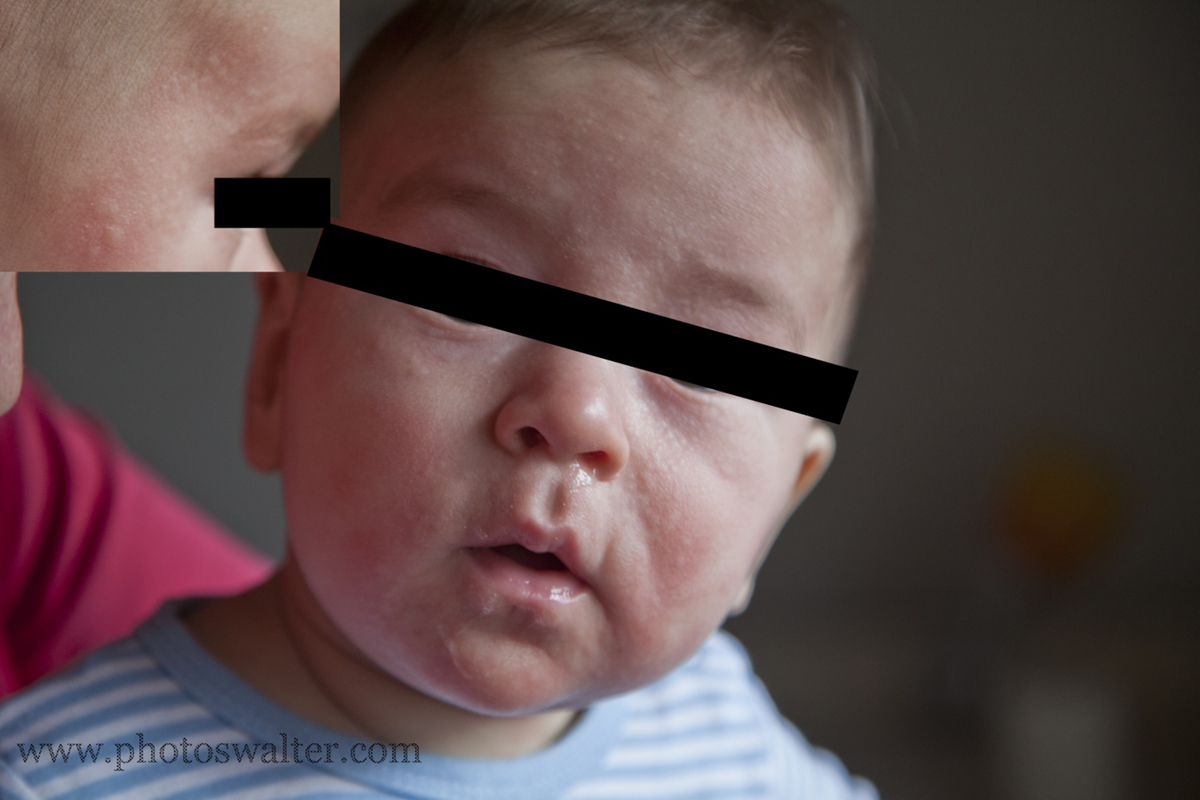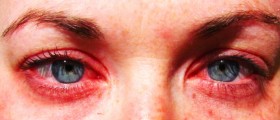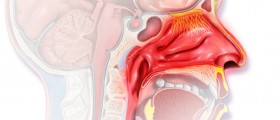
What is an Allergy?
Allergy is the reaction of the immune system to substances in the environment. When allergic baby comes in contact with allergen by touching, breathing, eating or injection, its body mistakenly experiences the new substance as dangerous and releases histamine and other chemicals in order to defend from them. These chemicals irritate the body and cause symptoms such as runny nose, sneezing, itching and coughing. Symptoms may be mild or strong, seasonal or chronic and in some cases the allergen may cause a very severe reaction, called anaphylactic shock. This condition requires emergency medical treatment, because symptoms such as difficult breathing and swallowing, can be life-threatening.Allergens
The potential allergens include food, medicines, insects, animal dandruff, mites, mold and pollen. Allergens cause respiratory symptoms such as nasal infection or allergenic rhinitis, skin symptoms (eczema) or problems with digestion. The main culprits for allergies in babies are: mites - microscopic organisms that thrive on human skin. Almost 85% of all allergic people are allergic to mites. animal dandruff - white cells from the skin and hair, which are rejected by the cats, dogs and other animals with fur. mold - fungus in damp and humid places such as bathroom or basement. Some children are allergic to feather pillows or wool blankets. Most experts consider that children cannot be allergic to cigarette smoke, but smoke can certainly exacerbate the symptoms of allergies.Symptoms
There are signs that give away allergy which include: baby looks cold for a longer time baby's nose is always stuffy or runny baby is constantly scratching or rubbing the nose discharge from baby's nose is translucent and thin or yellow to greenish and thick baby sneezes a lot baby has itchy, red and watery eyes skin under the baby's eyes is dark purple or blue baby breathes through the mouth baby has a dry cough baby's skin is irritated or has red rash If the baby is allergic to food, its body will treat food as an attack and as a reaction produce antibodies (IgE). If a baby eats the same food again, antibodies will tell the immune system to release the substance called histamine, which will launch the counterattack. The symptoms will be alleviated within few minutes to two hours, although in some cases, symptoms may last much longer and can be chronic.The reaction may be mild and very strong. For most children, allergic reactions to foods include a rash or swelling, chronic eczema, or difficulties in breathing. Sometimes the symptoms are gastrointestinal - baby will vomit or have diarrhea. If the baby has a very strong allergic reaction, it can be life threatening. The child inherits the tendency to be allergic, but not necessarily inherits the specific allergy. Members of one family may be allergic to many different things. Development of allergies takes time. Seasonal allergies to allergens like pollen and grass are usually not noticed until the child reaches the age of three or four. Sometimes, the help of medical tests is necessary to determine what causes the allergy.
Allergies to mold usually occur when the weather is humid and rainy, and it is difficult to distinguish allergy from flu. Allergies to dust and pets cause clogged stuffy nose throughout the year. Allergies associated with pollen are more frequent in the spring, summer and fall.








_f_280x120.jpg)








Your thoughts on this
Loading...